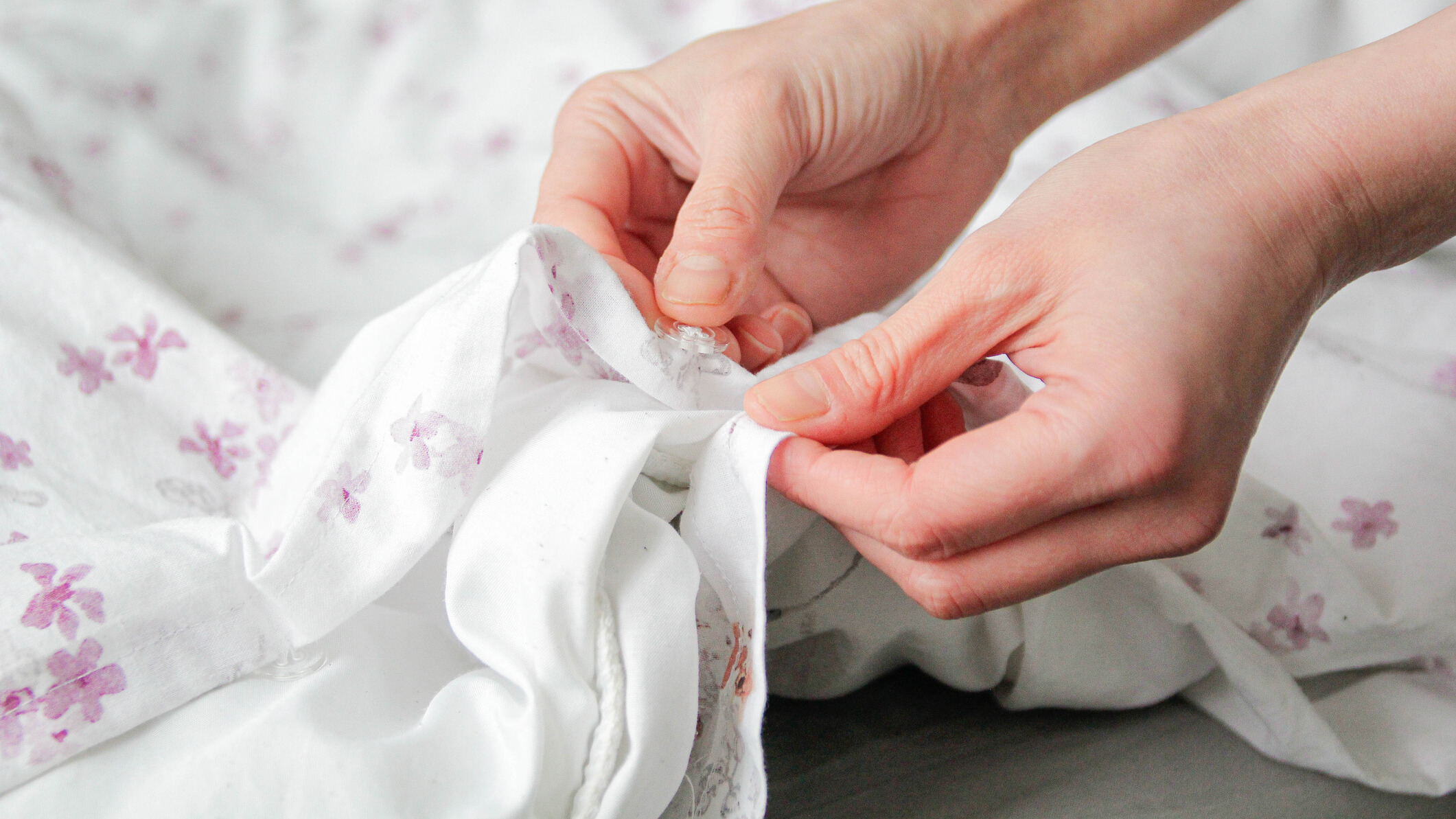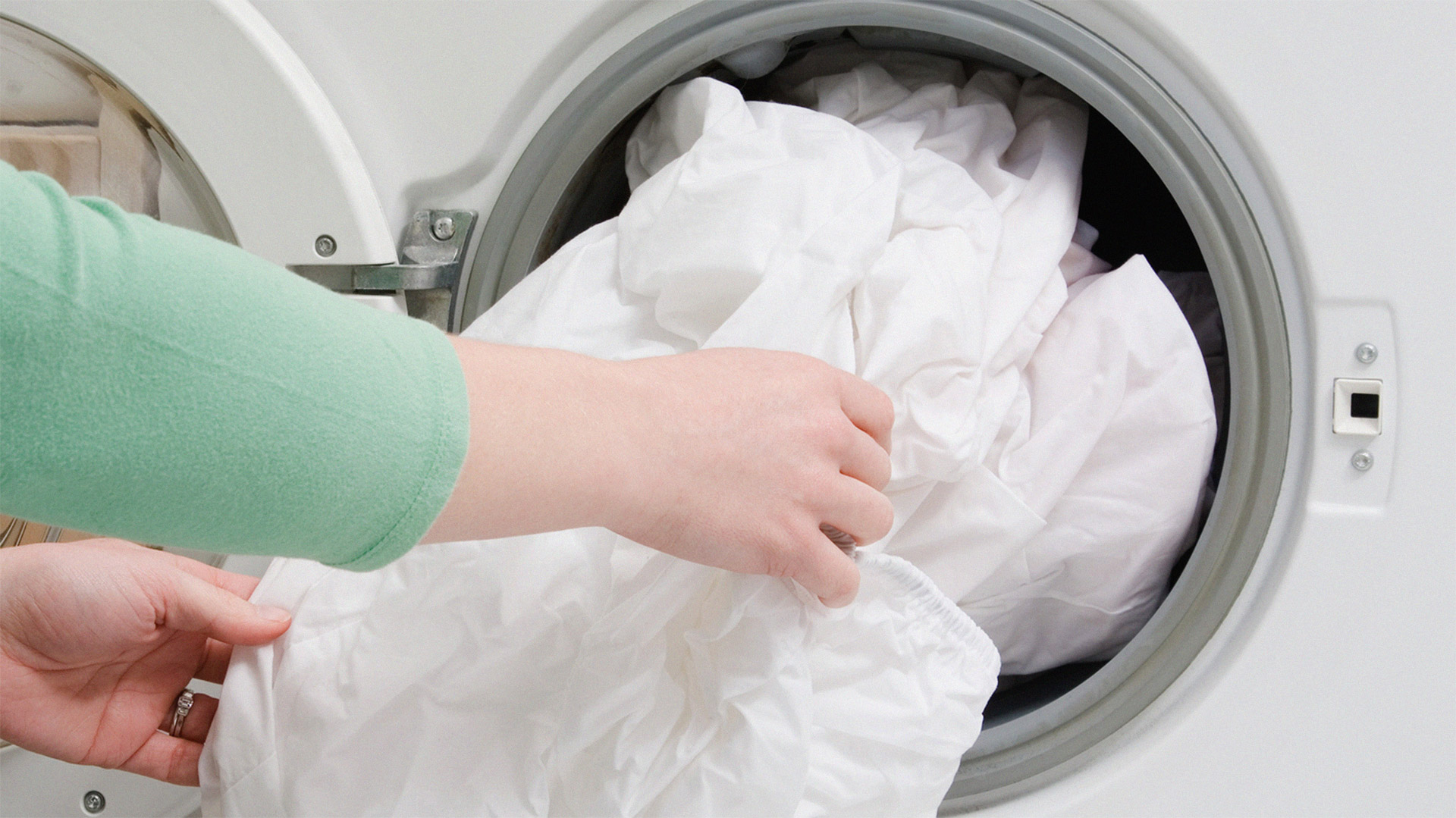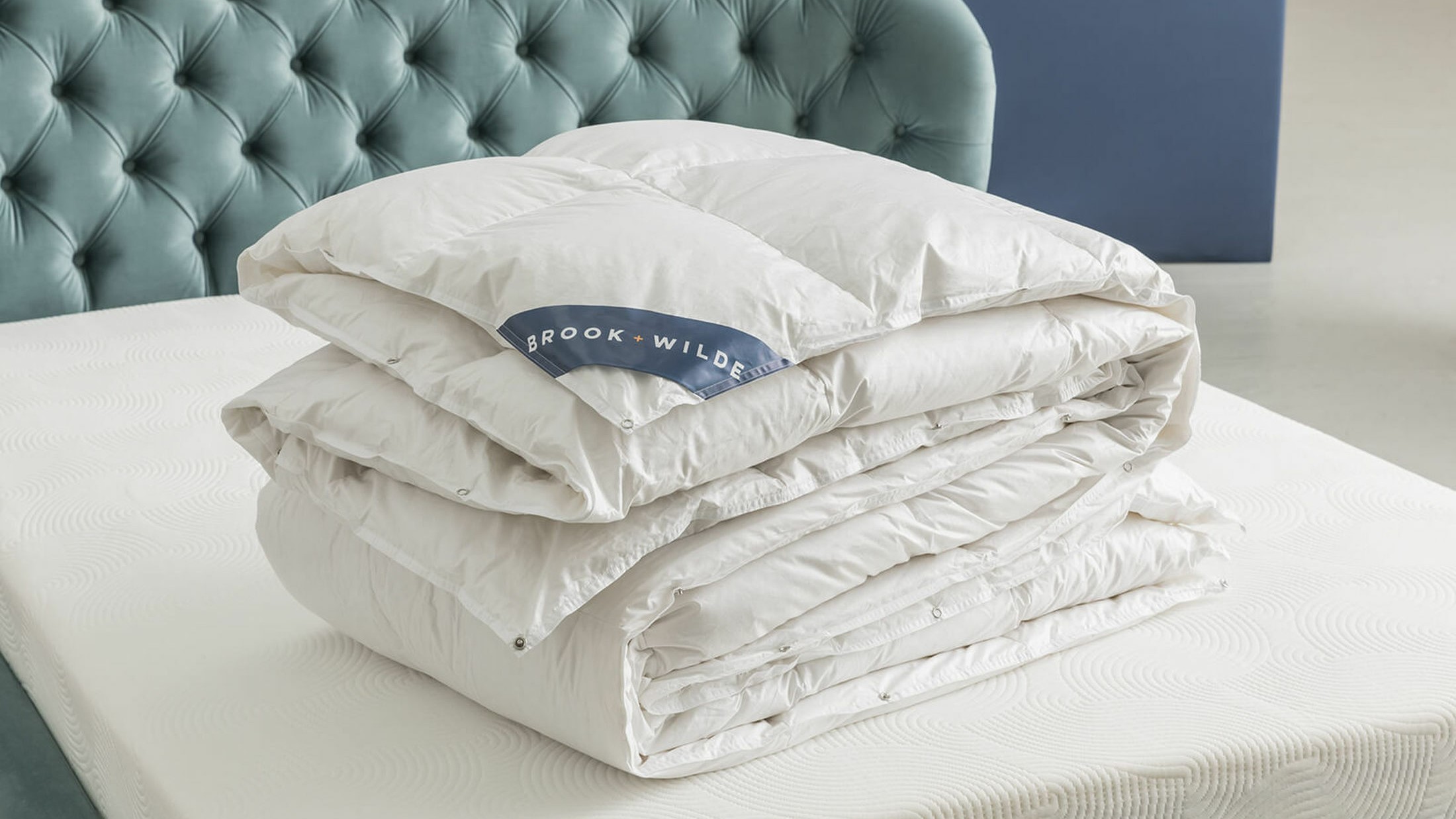What is a duvet? Everything you need to know about this bedding essential
We explore what a duvet is and whether your bed really needs one

It's hard to deny that being wrapped up in the right duvet can give you the cozy sleep of your dreams. But you might be wondering (particularly if you're not from the UK): what actually is a duvet?
Simply put, a duvet is a thick bedding layer composed of two separate parts: the fill insert and the outer soft cover. Unlike other blankets or bedding, a duvet is considered an essential no matter the season or the weather, but getting the best sleep depends on picking the correct one for your sleep environment.
All of the picks in our best duvets guide are designed to give you unmatched comfort throughout the night. However, with the sheer number of bedding options out there, it can get quite confusing about what your sleep really needs.
To make your search easier, we have gone into depth about what a duvet is, the different fill types and more. Let’s now start with the basics…
What is a duvet?
A duvet is a top cover for your bed, used primarily in Europe and made of two separate parts: an insert of comfy filling and a cozy outer cover which comes in direct contact with the sleeper.
The word 'duvet' is of French origin and translates to 'down' — referring to the supremely soft and fluffy feathers found beneath the outer feathers of ducks and geese. This doesn't mean these are just made from down but rather a variety of fills and fabrics (which we'll cover below in detail.)
Even if it is largely similar to other bedding like quilts, blankets and comforters, a duvet is different in terms of the construction and the insulation it offers. It could be said that a duvet provides the highest warmth and loft out of the three.
Get instant access to breaking news, the hottest reviews, great deals and helpful tips.

The duvet size is also better aligned to your sleeping style and bed structure in comparison to a comforter, which typically drapes over the sides of the mattress while quilts can come in various forms like decorative throws or bigger bed covers.
Just as the best pillows are crafted from different types of fills, duvets too are designed with a variety of fills to suit the different sleeping styles and sleep environments.
Duvet covers also feature one of the two types of construction: baffle box and box stitch. Baffle box uses a three-dimensional pocket with scrap materials to lock in the fill, preventing any shift or clumping up, resulting in a supportive and fluffy duvet. Box stitching, on the other hand, sews in all the layers together without any reinforcing materials and can be found in more affordable duvets in the market.
What are the sleep benefits of using a duvet?
A duvet offers a good package of warmth, comfort, support, easy care and maintenance and more. Let's look into each one in detail:
Easy to keep clean
A duvet needs less cleaning than a quilt or a comforter. This is primarily because you'll usually encase it in a separate duvet cover, which can be removed and washed as frequently as you clean your bed sheets.
We recommend that you deep clean your duvet insert up to twice a year. The first step is to check the care tag to understand if the particular product can be machine washed or if it needs to be sent to the dry cleaners.
While it's tempting to overload your machine by washing all your bedding in one go, this is a common mistake which can turn out to be counter-productive. It's important to wash them separately on a cold wash cycle to ensure effective cleaning with minimal wear and tear.

Customizable warmth
Are you a hot sleeper who can't drift off without snuggling up under a cozy layer? The good news is that there's a duvet for every kind of sleeper and the secret to finding your ideal one depends on knowing the right tog rating.
Tog rating is a measure of a duvet's thermal insulation – which determines how warm it can be. The highest tog rating is 15 and this is intended for harsh winters or extremely cold regions. Most sleepers, however, might just need a duvet between 12 to 13 during the colder months.
A 10.5 rating is a common standard suitable to be used during spring or autumn which provides enough warmth and comfy cushioning. A 4.5 to 7.5 tog rating is the lightest end of the spectrum and meant for summer and those prone to overheating.
Of course, if you share a bed but you're unable to agree with your partner on how warm you like things to be, brands such as Eve Sleep have launched zip-up duvets with swappable panels in different tog ratings, enabling you to set each side up so that you're both happy.
Customizable sizing
Unlike some of the best comforters or blanket, duvets are available within the same size structure of your mattress and is therefore more suited for your sleeping style.
Just like your bedsheets, these are available in sizes from twin/single to California king/super king. As a rule you'll find them to be a little wider than your mattress, so that the bed's still completely covered once you're underneath your duvet.
When in doubt, it's wise to size up as you can always create extra leg room and make a plush cozy sleep nest.

Hypoallergenic options
Down may be the most preferred filling but it's best to steer clear of down duvets if you're prone to allergies.
Your best pick if that's the case is a down-alternative duvet made from microfibers (like polyester), mimicking the plushness, warmth and comfort of natural down without triggering your immune system. Choosing a duvet made from organic wool or silk, which are naturally hypoallergenic too, is also another (admittedly more expensive) option.
What are duvets made of?
1. Down
Natural down is the undercoat of waterfowl and is hence considered the most luxurious fill for crafting bedding like pillows and duvets in terms of both construction and price.
Down duvets are considered industry-best since their warmth, comfort and support is simply unmatched. If you're someone who likes a 'sleeping among the clouds' feel to your bed, it's a good idea to pair up your mattress with a down duvet.
2. Feathers
Feather duvets are not only more affordable than traditional down but also flatter and more supportive. These are also typically heavier than down and will therefore suit anyone who loves using a weighted blanket.
3. Down and feathers
This offers the perfect balance of the softness and luxury plushness of down along with the supportive and heavier feathers.
You can often find quality down and feather duvets in high-end hotel chains just like how they pick and choose their luxury pillows.

4. Natural fibers
If feathers and down are a no-no, whether it's because of allergies or the expense, there are plenty of options in terms of natural fibers.
For starters, there's silk. The benefits of silk in your duvet are many. One, it's resistant to common allergens like dust mites and is there for great for sleepers prone to allergies.
Two, it's naturally insulating and lightweight and lastly, it's soft-to-touch and incredibly comfortable. Silk duvets are often on the pricier side of bedding, however. These also require delicate care and are in most cases, suitable only for dry cleaning.
Another natural fiber option is wool; it's almost like a magic fill for your duvet. It offers a complete range of benefits because it's breathable, hypoallergenic, moisture-wicking and temperature regulating, not to mention supremely soft and comfy. A woolen duvet is certainly a good option for those who need a no-fuss design to be used all-year round.
You can also find duvets filled with cotton, which is naturally breathable and temperature-regulating. And of course there are also bamboo duvets such as our top pick, the Panda Cloud Duvet, which is made with a blend of bamboo and nano-microfiber, and is lightweight, breathable and antimicrobial.
5. Microfiber
While the top four we've discussed are all organic and natural fibers, it is undeniable that duvets made from synthetic materials are a good alternative for some types of sleepers.
Microfiber duvets are typically made from hypoallergenic ultra-fine synthetic fibers like 100% polyester, which are comparatively more tightly woven and easier to care for than their natural counterparts.

Becky is a Sleep Staff Writer at Tom’s Guide covering all things sleep-related including product reviews, research studies, news and explainers. She works on specialist bedding content and is responsible for buyer’s guides like the best pillows for all sleepers and best mattress protectors focusing on popular brands such as Tempur-Pedic, Avocado, Coop Home Goods and more. Becky is a PPA accredited journalist who is keen to explore the intricacies of sleep, its effects on skincare, mental wellbeing and work performance. While not thinking of sleep, she can be seen reading in cosy bookshops or learning about global food culture.
You must confirm your public display name before commenting
Please logout and then login again, you will then be prompted to enter your display name.
